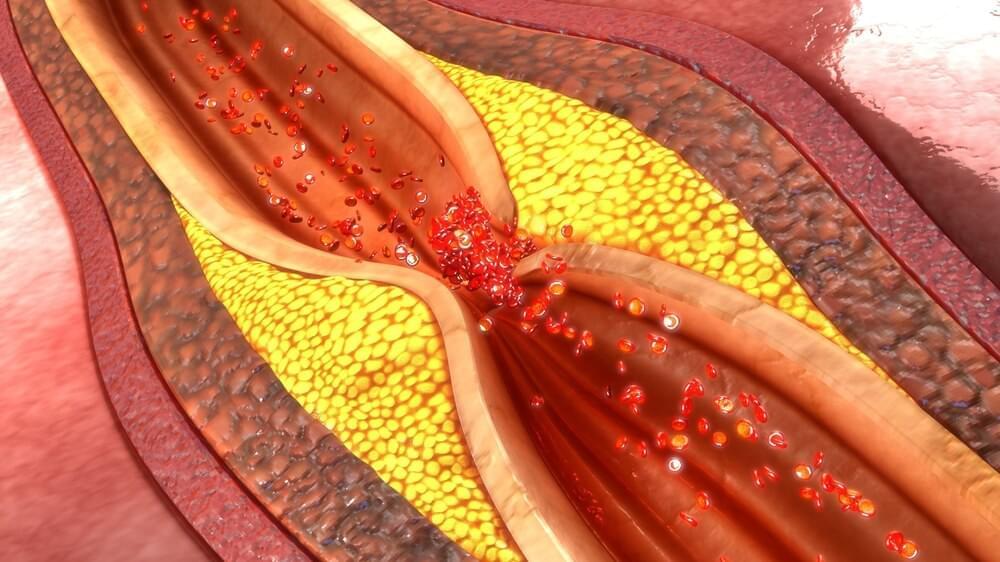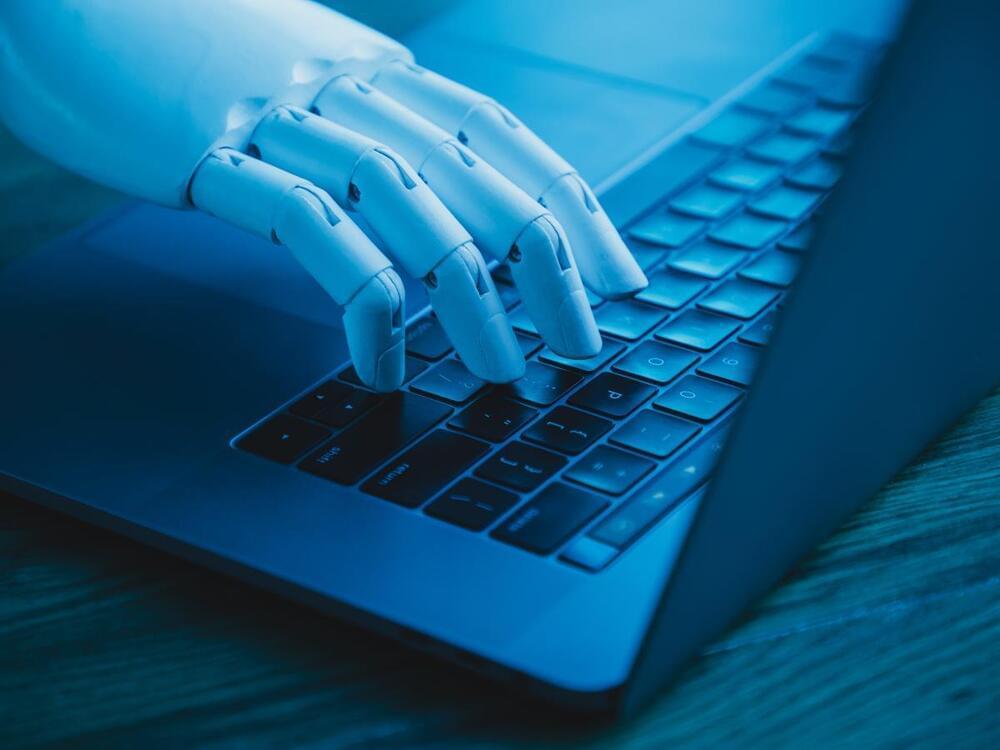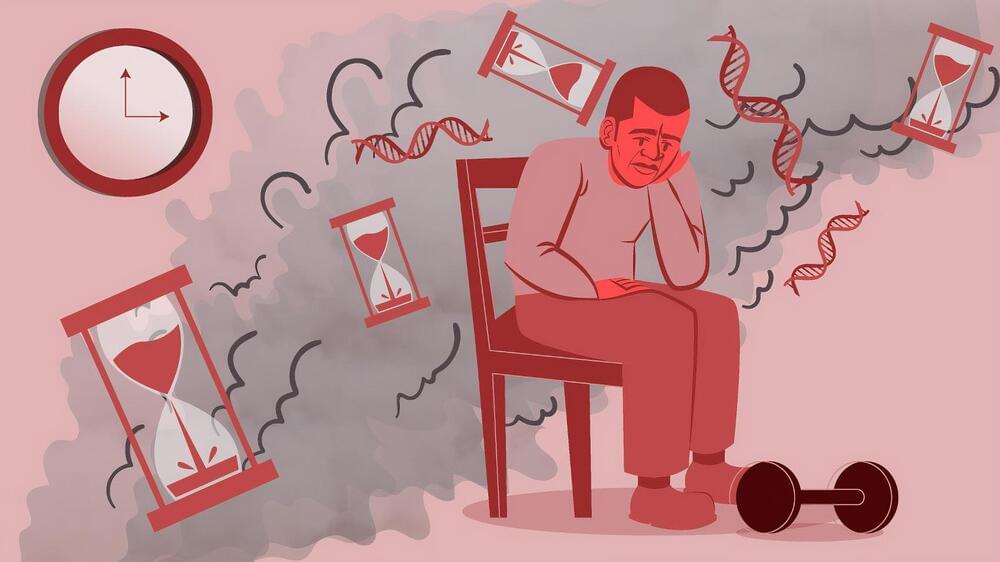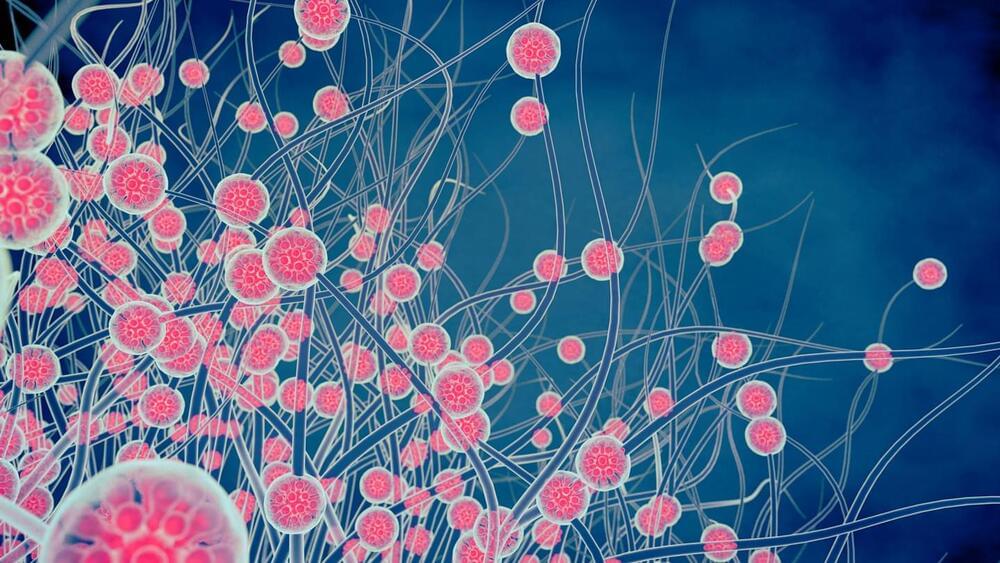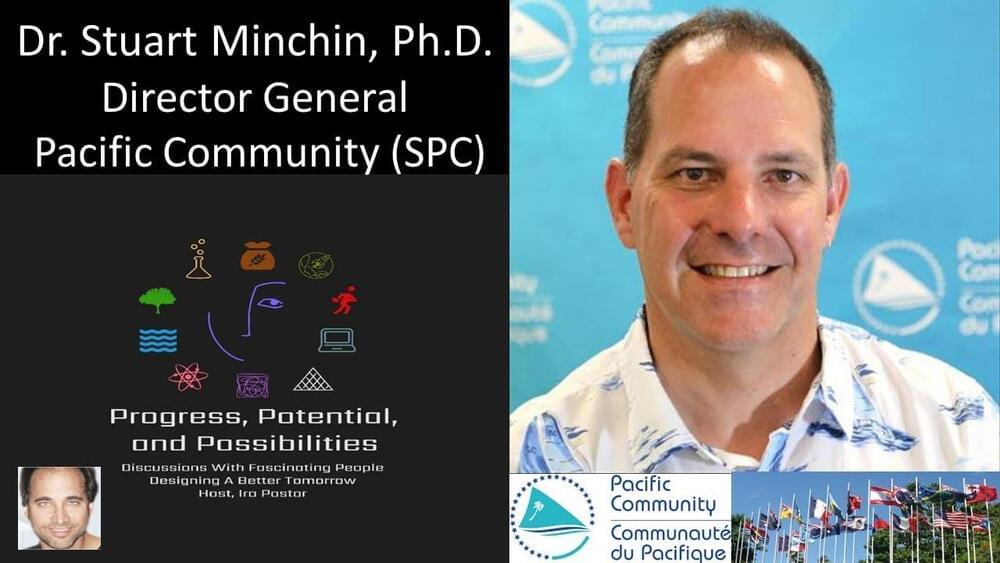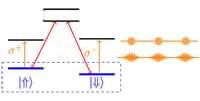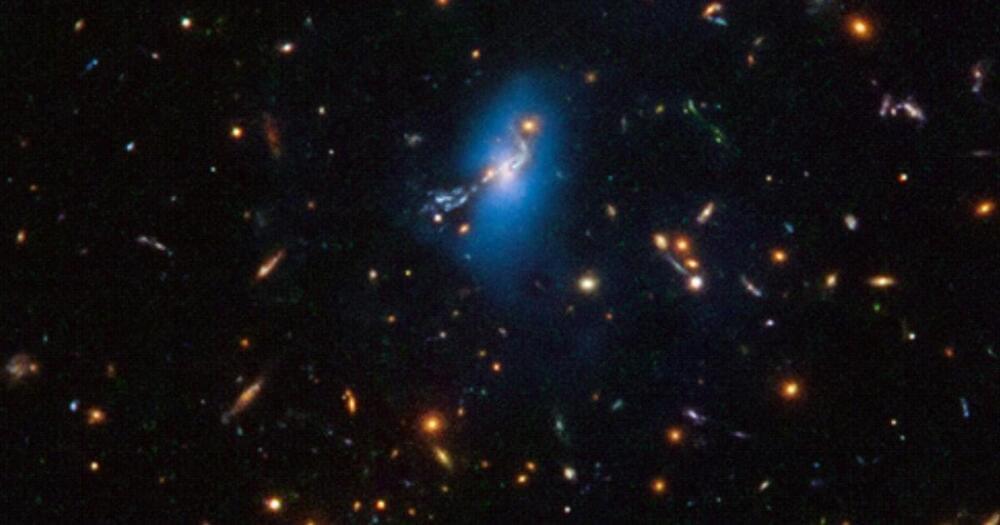Exercise and physical activity reduce the risk of cardiovascular disease (CVD). It has been observed that an active individual is at a 30% to 40% lower risk of CVD. However, previous cross-sectional studies have failed to determine whether exercise has a significant impact on expediting coronary atherosclerosis and plaque morphology. A recent Circulation journal paper has focused on investigating the relationship between exercise volume and intensity and the progression of coronary atherosclerosis in middle-aged and older male athletes.
Study: Exercise Volume Versus Intensity and the Progression of Coronary Atherosclerosis in Middle-Aged and Older Athletes: Findings From the MARC-2 Study. Image Credit: sciencepics / Shutterstock.
